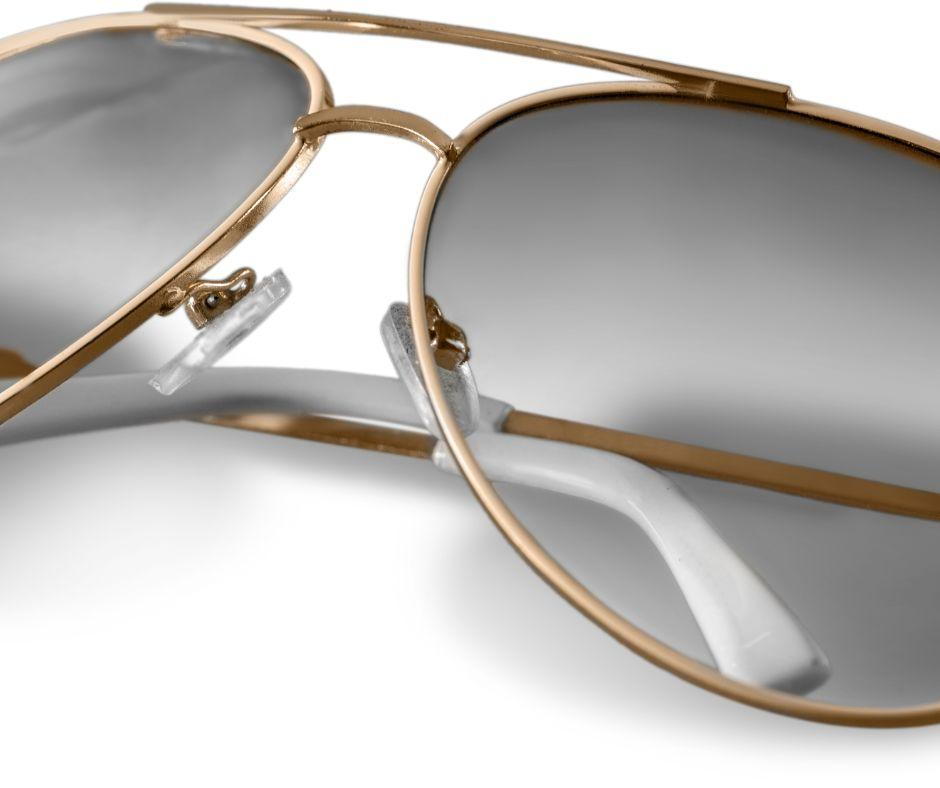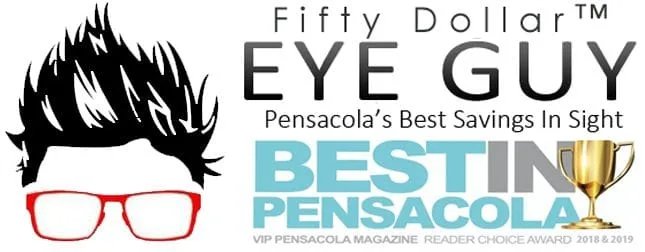
Safeguarding Your Vision: The Essential Role of Sunglasses in Eye Protection
Protecting your eyes from the harmful effects of sunlight is a crucial aspect of overall health that often gets overlooked. However, the role of sunglasses in eye protection is far more important than many people realize. Sunglasses are not just a stylish accessory, they also play an integral role in shielding your eyes from harmful UV radiation and other potential damage.
The Necessity of Sunglasses for Eye Protection
Every time you step outside during daylight hours, your eyes are exposed to ultraviolet (UV) radiation from the sun. Overexposure to this UV radiation can lead to various eye health issues, including cataracts, macular degeneration, pterygium, and photokeratitis, often referred to as sunburn of the eye.
Children are even more susceptible to UV damage, as they often spend more time outdoors than adults. This highlights the importance of children's sunglasses in protecting their young, sensitive eyes.
Understanding UV Protection and Sunglasses Standards
When looking for sunglasses, it's crucial to select a pair that blocks 100% of UV rays, also referred to as UV400 protection. This means the sunglasses can block light rays with wavelengths up to 400 nanometers, covering all UVA and UVB rays. Sunglasses that meet this standard offer superior eye protection.
In addition to UV protection, consider other sunglasses features such as polarization for reducing glare and blue light blocking technology for filtering out high energy visible light (HEV), which can contribute to digital eye strain and sleep disturbances.
Decoding Sunglasses Labels and Certifications
Sunglasses labels often provide important information about the level of protection offered. Look for labels that state "100% protection against both UVA and UVB" or "UV400". Additionally, a CE or ISO certification ensures that the sunglasses meet the safety standards set by the European Union or International Standards Organization, respectively.
Protective Sunglasses for Specific Activities and Conditions
Certain activities and conditions require specialized eye protection. For instance:
Driving
Polarized sunglasses can reduce glare from the road and other vehicles, improving safety and comfort during driving.
Water sports and snow activities
Reflection from water or snow can amplify UV radiation exposure. Polarized, UV-blocking sunglasses or goggles are a must in such conditions to prevent 'snow blindness' or photokeratitis.
Post-surgical care
After eye surgeries or medical treatments, eyes may be more sensitive to light. Specialized sunglasses can provide the necessary protection and comfort.
Prescription needs
For those who need vision correction, prescription sunglasses offer the perfect combination of clear vision and UV protection.
Sunglasses and Long-Term Eye Health
Regular and correct use of quality sunglasses can help prevent long-term eye health issues such as cataracts and macular degeneration. These conditions are often associated with age, but overexposure to UV radiation is a major risk factor that can be controlled. It's never too early or too late to start wearing sunglasses for eye protection.
The Balance of Fashion and Functionality
While the primary function of sunglasses is to protect your eyes, they are also a fashion statement. Current trends in sunglass styles range from vintage-inspired frames to futuristic shapes. However, it's essential to not let style completely overshadow functionality. Look for quality sunglasses brands that provide a balance between fashion and eye protection.
Conclusion
Sunglasses play a crucial role in eye protection by shielding your eyes from harmful UV radiation and other potential hazards. Ensuring you choose sunglasses that offer the right protection can contribute to maintaining good eye health. Remember, a good pair of sunglasses is not just a fashion accessory, but an investment in your long-term vision health.


